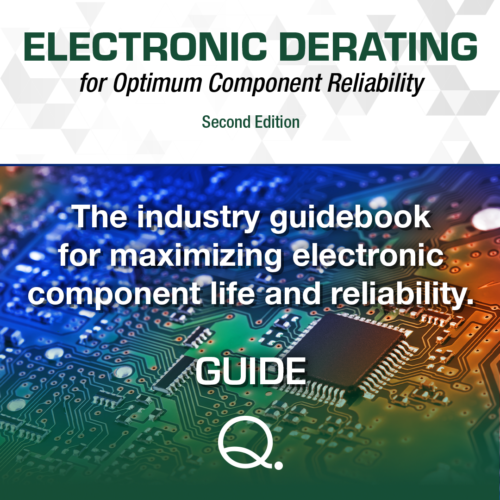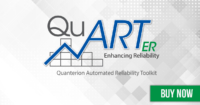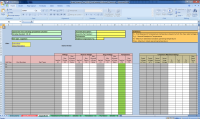Product Description
Electronic parts derating refers to the practice of limiting thermal, electrical, and/or mechanical stresses on electronic and electromechanical components to levels below the manufacturer’s specified ratings. Stresses “accelerate” natural failure modes of components; by reducing stresses, the acceleration of failure modes is also reduced, enhancing the reliability of devices. Derating should be applied early in the design process, and can be accomplished in several ways including component selection, and/or design techniques that can limit, or compensate for, stresses. When derating is applied across-the-board to all components in a system, the reliability of system can be enhanced.
The reliability achieved by electronic systems is dependent upon proper selection and application of the electrical and electronic parts used in the design. A critical system that that must operate reliably for extended periods with little or no maintenance, or is subjected to extreme environmental conditions, must incorporate a conservative design approach, implementing aggressive yet realistic derating of electronic and electromechanical parts. On the other hand, a less critical system, such as a commercial product used in a controlled benign environment such as in an office, usually requires less stringent derating.
This publication from Quanterion Solutions, Incorporated is an updated version of the “Electronic Derating for Optimum Performance” guide originally published in 2000 under the Reliability Analysis Center (RAC) name. The purpose of this revised publication is to establish a modern electronic component derating guideline and analysis information related to the reliable application of the components in electronic equipment. This publication includes an introduction to part stress derating and general information relative to part derating theory and definitions. The guide section addresses technology information, failure modes and mechanism frequencies, revised derating parameters and application information on commonly used electronic and electromechanical parts of advanced and mature technologies. Finally, this publication develops derating guidelines for new technologies and technologies not previously explicitly addressed, such as:
- MnO2 capacitors
- VHSLI (high density small geometry) microcircuits
- GaN microcircuits
- MMICs
- Laser opto-electronic devices
- Pin photo diodes
- Patch-cord (jacketed) fiber optic cables
- Solid state relays
- DIP, snap dome and conductive rubber switches
- IGBTs
- GaN transistors








